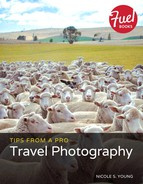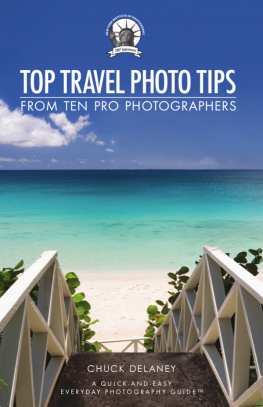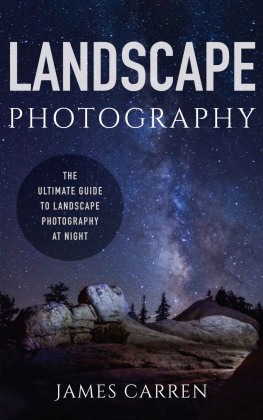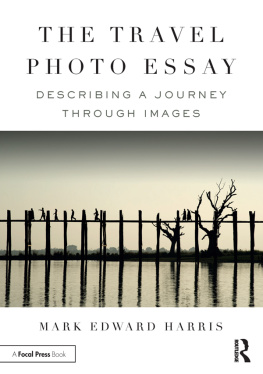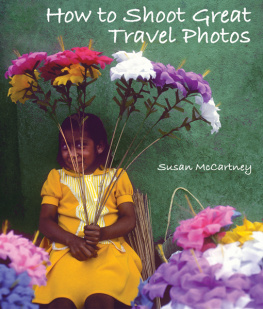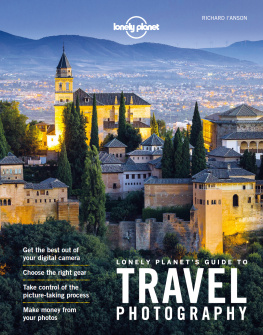Were photographers and, to state the obvious, we need camera gear in order to create photographs. When youre out and about in your own city, or even photographing from your home, the amount and type of gear you have is not always a burden or a huge consideration. When it comes to traveling, however, you are exposed to unknown conditions and situations you cannot always anticipate. Selecting the right gear while not bogging yourself down is the goal for a traveling photographer, and in this chapter Im going to help you do just that.
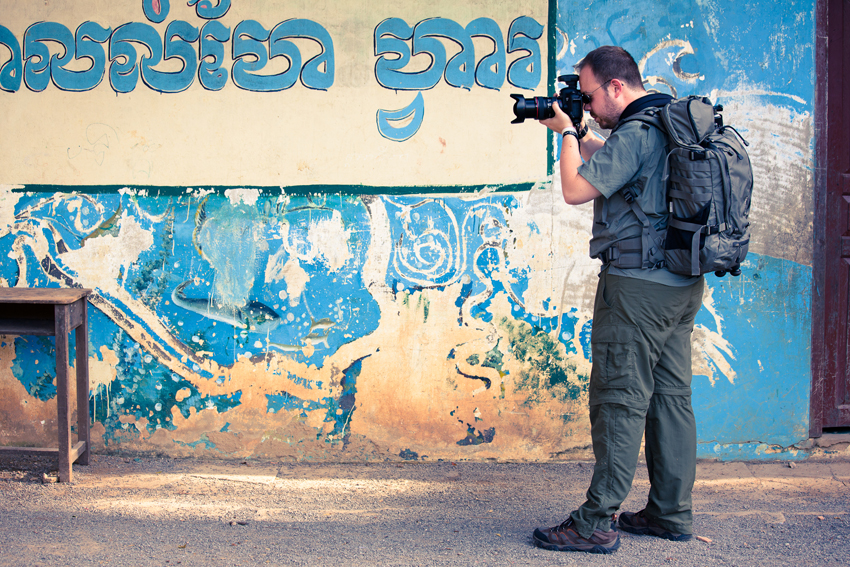
Canon 5D Mark III, 70-200mm lens, 1/180 sec at f/5.6, ISO 160
Pack Light
As a traveling photographer its nearly impossible to travel light. On top of our normal luggage, we have an entire bag filled with heavy camera gear, a computer, tablet, and tripod. The list can go on and on. While we cant always carry as few bags as other travelers, we can pack as lightly as possible while still bringing enough gear to have the tools we need to create beautiful photographs.
Figuring out the right gear to bring can be tricky. Because traveling is oftentimes an adventure into the unknown, we dont know what photographic opportunities we will face. This makes us want to take everything we havewhich, if you have a lot of gear, is not going to be ideal. Another thing to keep in mind is if you are planning on doing any air travel, or if you are visiting more than one destination on your trip, then having a minimal and light camera pack is going to make the entire process much easier.
So how can you pack light? Theres not one solid answer for everyone; you really just have to do your own soul searching and maybe even take a few trips before you get it down. The best thing you can do when packing your gear is to ask yourself over and over, Do I really need what I am putting in my bag? Ive overpacked with lenses I never used or used only once, and I now know that I will never pack them again. And trust me, Ive had my Oh my gosh I brought too much! moments, but the more I travel and use my camera, the more I know what works for me. Following are some things to consider when packing your gear.
Bring a Zoom Lens
Zoom lenses are an obvious choice when traveling because they allow a flexible range of focal length. This range can be great for situations you may not be able to plan for, so consider at least one zoom for your trip. If you could choose only one lens, I recommend something in the 24-100mm zoom range. And, if you have a second longer zoom, like the 70-200mm, thats also a good choice for close-ups and to give you that reach you may need in certain environments.
Bring What You Already Use
If you have three or more lenses, especially ones you use regularly and love, then youll have to go through a tough decision-making process. My suggestion is to analyze your photos to find out what lenses you use the most. If you have photographic database software, such as Adobe Photoshop Lightroom, you can easily search through your images to see which lenses you use the most.

You can use software to find out what lenses you use most often, as I did here with Adobe Photoshop Lightroom. According to this search of my last few years of travel photos, I tend to use my 14mm, 70-200mm, 100mm, and 24mm lenses more than my other lenses.
Dont Forget the Accessories!
Cameras and lenses will take up most of the space in your camera bag, but dont forget to leave room for the extra stuff that goes along with your gear. Must-haves can include batteries and chargers, filters, a GPS unit, and extra memory cards, as well as cleaning supplies such as lens cloths and air blowers. These things may seem small, but they definitely add up and can take up more space than you may realize.
Want to Travel Even Lighter? Go Mirrorless!
Many serious photographers use a digital single lens reflex (DSLR) camera. This means the light travels through the lens and up to the viewfinder via a mirror system inside. This mirror has to move out of the way each time the shutter is pressed, making a loud clicking noise. There are now many different mirrorless cameras available on the market, some with interchangeable lens systems, and these cameras have two main benefits: They are much smaller than their DSLR counterparts, and they are very quiet (no mirror to bounce up and down). Some professional photographers are finding that mirrorless systems are also beneficial for traveling because they dont take up nearly as much space as a DSLR and its lenses.
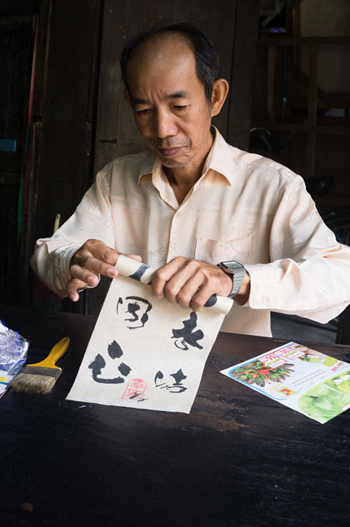
Fuji x100, 23mm lens, 1/125 sec at f/2.8, ISO 800
I used a mirrorless camera, the Fuji x100, to photograph this man in a small shop in Hoi An, Vietnam.
Rent vs. Buy
When traveling to new destinations, especially to locations where we have opportunities to photograph subjects we are not exposed to in our daily lives, we may find the need for specific pieces of gear. For example, lets say you plan to go on a photo safari in Africa. Because you are typically limited from getting physically close to the animals, you need a very long telephoto lens to get the focal length necessary for many of those images. You may run across other situations that require special equipmentfor example, for underwater or macro photography. If you dont already have the specialized lens, your best bet is to rent.

